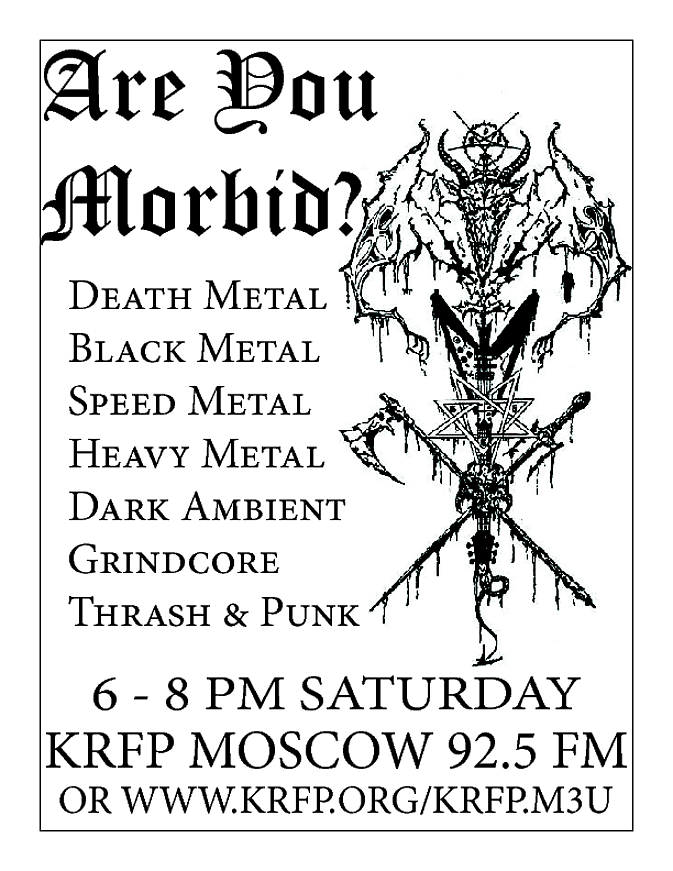The usual suspects — a media composed of bitter also-rans and half-thoughts — has spewed forth its latest confusion between causation and correlation:
A new study conducted by Melbourne University finds that teens exposed to heavy metal music are more susceptible to depression and suicide.
Dr. Katrina McFerran — who we’ve confirmed isn’t Tipper Gore operating under a pseudonym — looked at the effects of several types of music on teenagers 13-18, and found that there was a higher risk of mental illness.
“Most young people listen to a range of music in positive ways; to block out crowds, to lift their mood or to give them energy when exercising,” said McFerran, “but young people at risk of depression are more likely to be listening to music, particularly heavy metal music, in a negative way.” – Guitar World
What makes someone seek heavy metal? They have realized that morality does not command the world, but power, and have also begun to seek a contrary power that is not afflicted with the terminal small-minded egomania of the modern “equal but unique” individual.
Why might they be depressed? They have realized that our society is falling like Rome fell, and that these things take time, but that the cause is not the damn Vandals but the corruption within. Our society has no values except an immediate and temporary power within the social context. Metal is beyond the social context.
What these dummies should ask instead is: Why are non-heavy-metal-fans in danger of falling into terminal narcissism, egalitarianism, oblivion, selfishness, egodrama and social “nonconformist” conformity?
t’s perhaps the biggest threat to the nation’s mental wellbeing, yet it’s freely available on every street – for pennies. The dealers claim it expands the mind and bolsters the intellect: users experience an initial rush of emotion (often euphoria or rage), followed by what they believe is a state of enhanced awareness. Tragically this “awareness” is a delusion. As they grow increasingly detached from reality, heavy users often exhibit impaired decision-making abilities, becoming paranoid, agitated and quick to anger. In extreme cases they’ve even been known to form mobs and attack people. Technically it’s called “a newspaper”, although it’s better known by one of its many “street names”, such as “The Currant Bun” or “The Mail” or “The Grauniad” (see me – Ed).
In its purest form, a newspaper consists of a collection of facts which, in controlled circumstances, can actively improve knowledge. Unfortunately, facts are expensive, so to save costs and drive up sales, unscrupulous dealers often “cut” the basic contents with cheaper material, such as wild opinion, bullshit, empty hysteria, reheated press releases, advertorial padding and photographs of Lady Gaga with her bum hanging out. The hapless user has little or no concept of the toxicity of the end product: they digest the contents in good faith, only to pay the price later when they find themselves raging incoherently in pubs, or – increasingly – on internet messageboards. – The Guardian
Our society is dying because it has no values in common, and so the selfishness of individuals predominates, and so oligarchy and commerce takes over from where leadership once stood.
Don’t blame heavy metal fans for noticing that, and being willing to face it and be depressed instead of hide their heads in the sand like the rest of you.
No Comments


